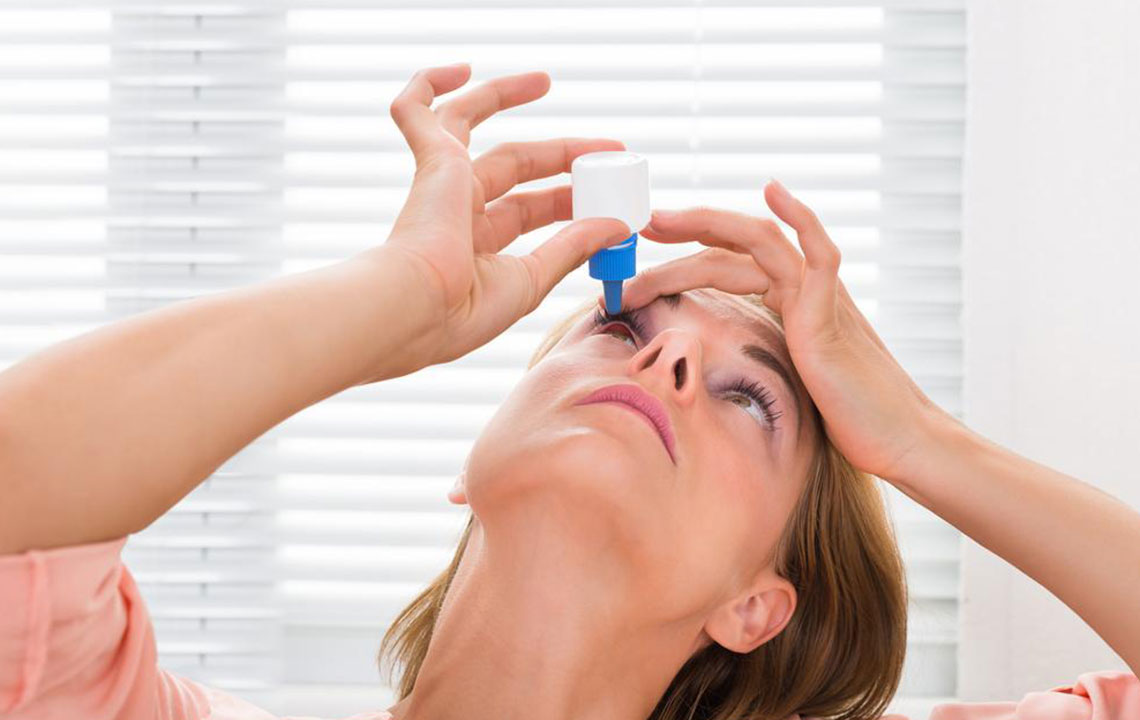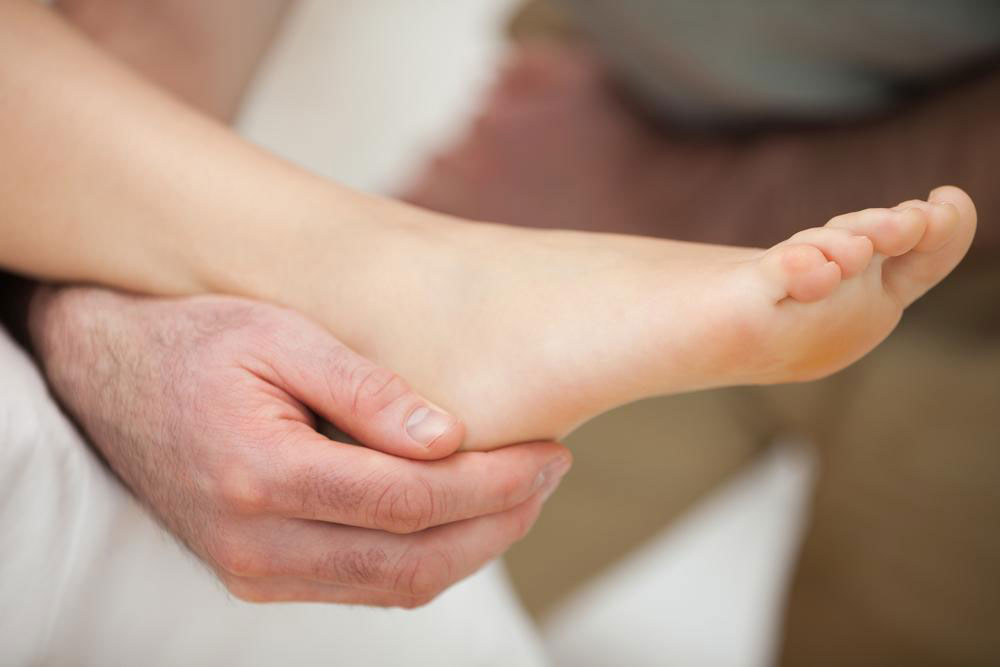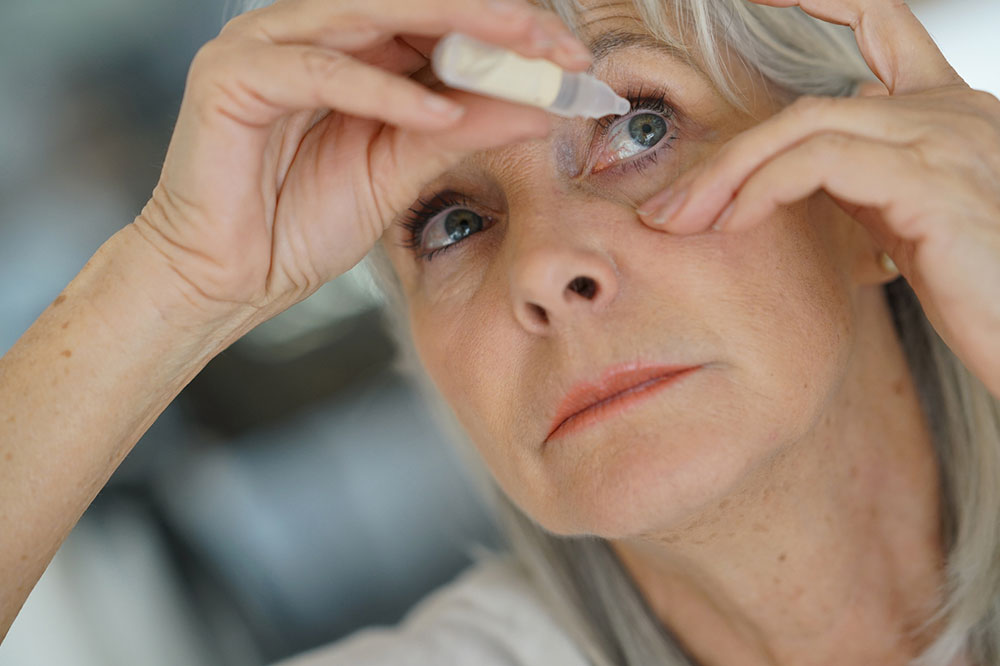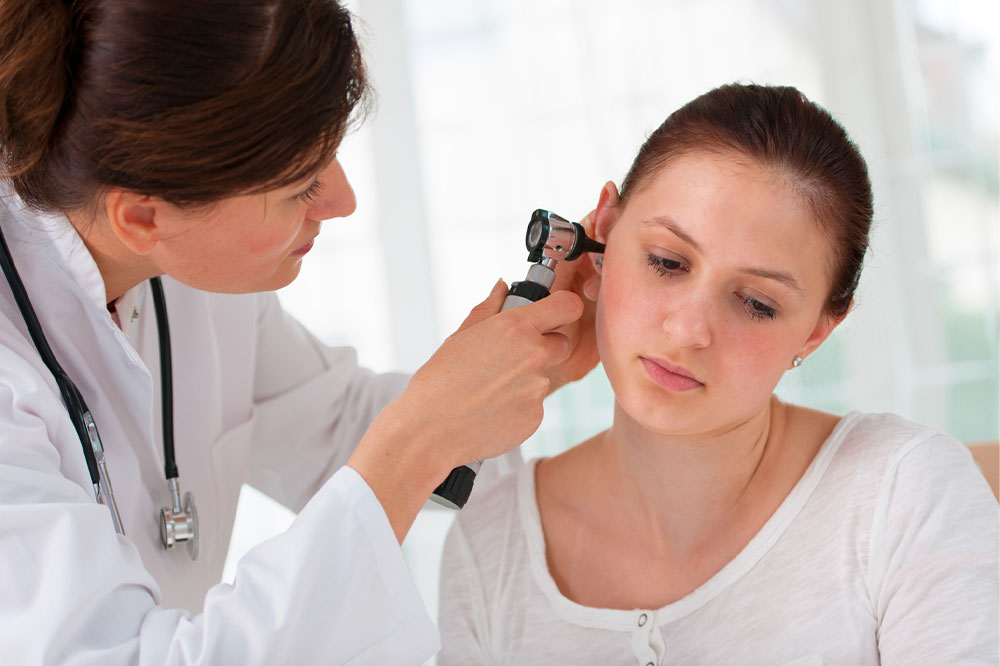Comprehensive Guide to Detecting and Managing Dry Eye Disorder
This article offers a detailed overview of diagnosing and treating dry eye syndrome, highlighting the importance of identifying causes and exploring effective remedies like artificial tears and medications. Suitable for individuals seeking to understand and manage dry eye issues efficiently.

Detecting and Managing Dry Eye Disorder
Dry eye disorder is a persistent eye condition characterized by insufficient tear production, which is vital for keeping the eyes moist and comfortable. Occasionally, tears are produced in adequate amounts but lack the necessary quality, leading to symptoms like dryness and irritation.
This condition is more prevalent among individuals over 65. Identifying the root causes of dry eye syndrome is crucial for designing effective treatment strategies to alleviate the symptoms and improve eye health.
How to Diagnose Dry Eye Disorder
The initial step involves pinpointing the underlying causes of dry eye issues. This requires a detailed eye examination focused on assessing tear quantity and quality. Additional diagnostic steps include:
Reviewing the patient's medical history, current symptoms, environmental influences, medications, and other health factors that may contribute to dry eyes.
Performing a thorough eye exam, including evaluating blinking patterns and eyelid structure.
Assessing eyelids and cornea using bright light and magnification techniques.
Effective treatment options for dry eye disorder involve:
Using artificial tears regularly to maintain eye lubrication.
Preserving natural tear production to reduce dryness.
Administering prescribed eye drops and oral medications aimed at increasing tear secretion.
Prompt medical consultation is essential once dry eye symptoms appear to ensure proper management and relief.










